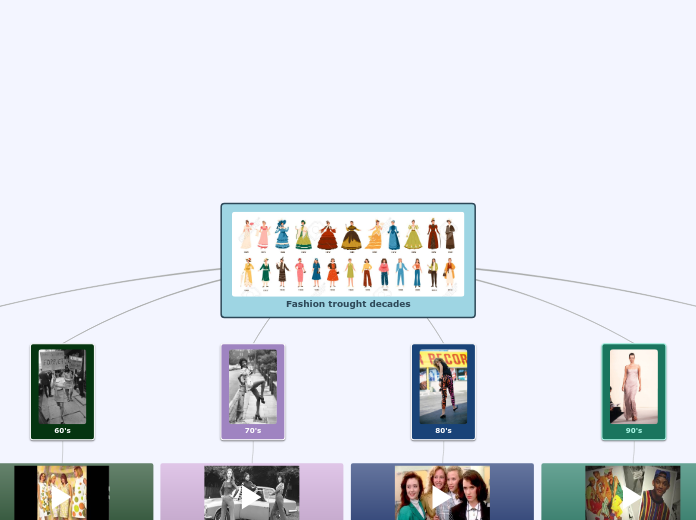によって William Melgarejo 5年前.
1616
Fashion trought decades
Throughout the decades, fashion trends have evolved and left lasting impacts. Skinny jeans, which gained prominence in the recent decade, show no signs of fading despite predictions.

によって William Melgarejo 5年前.
1616

もっと見る